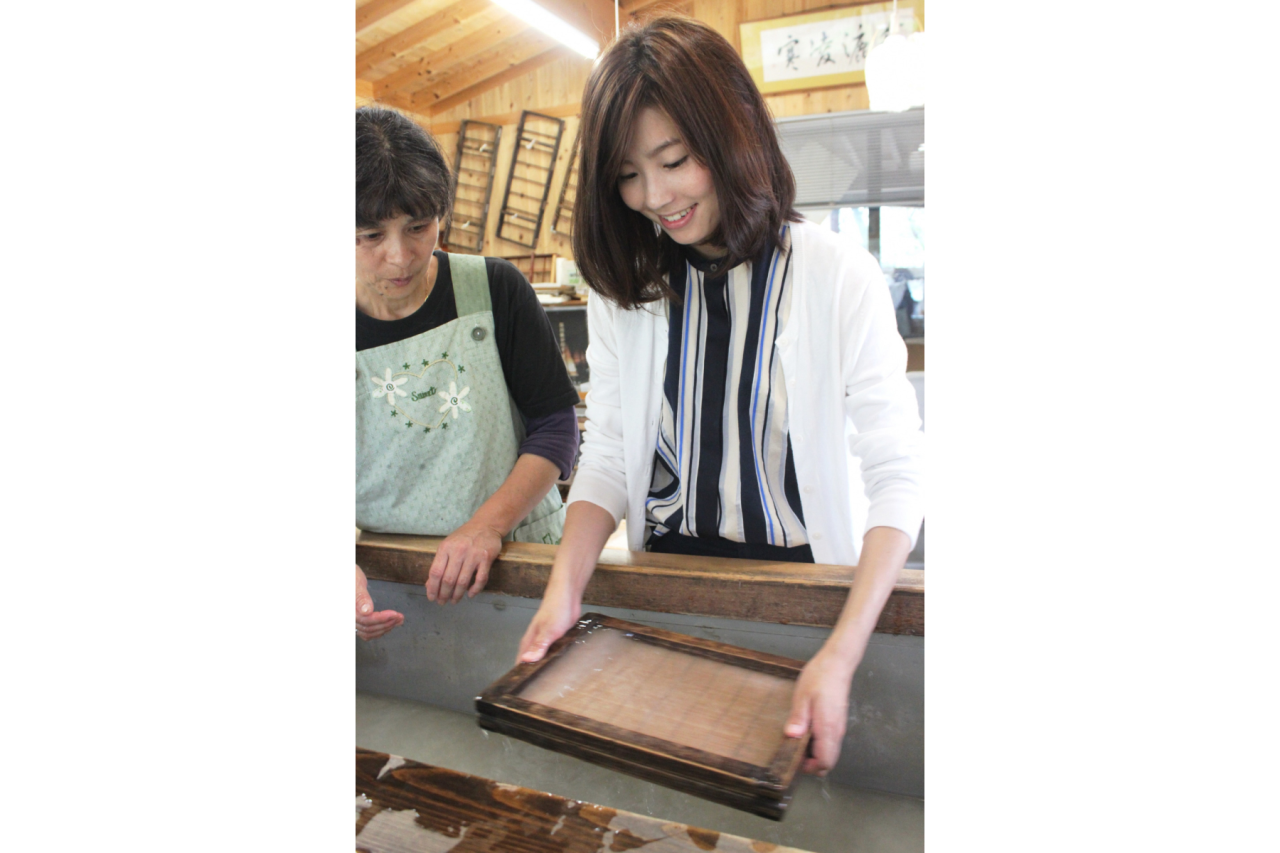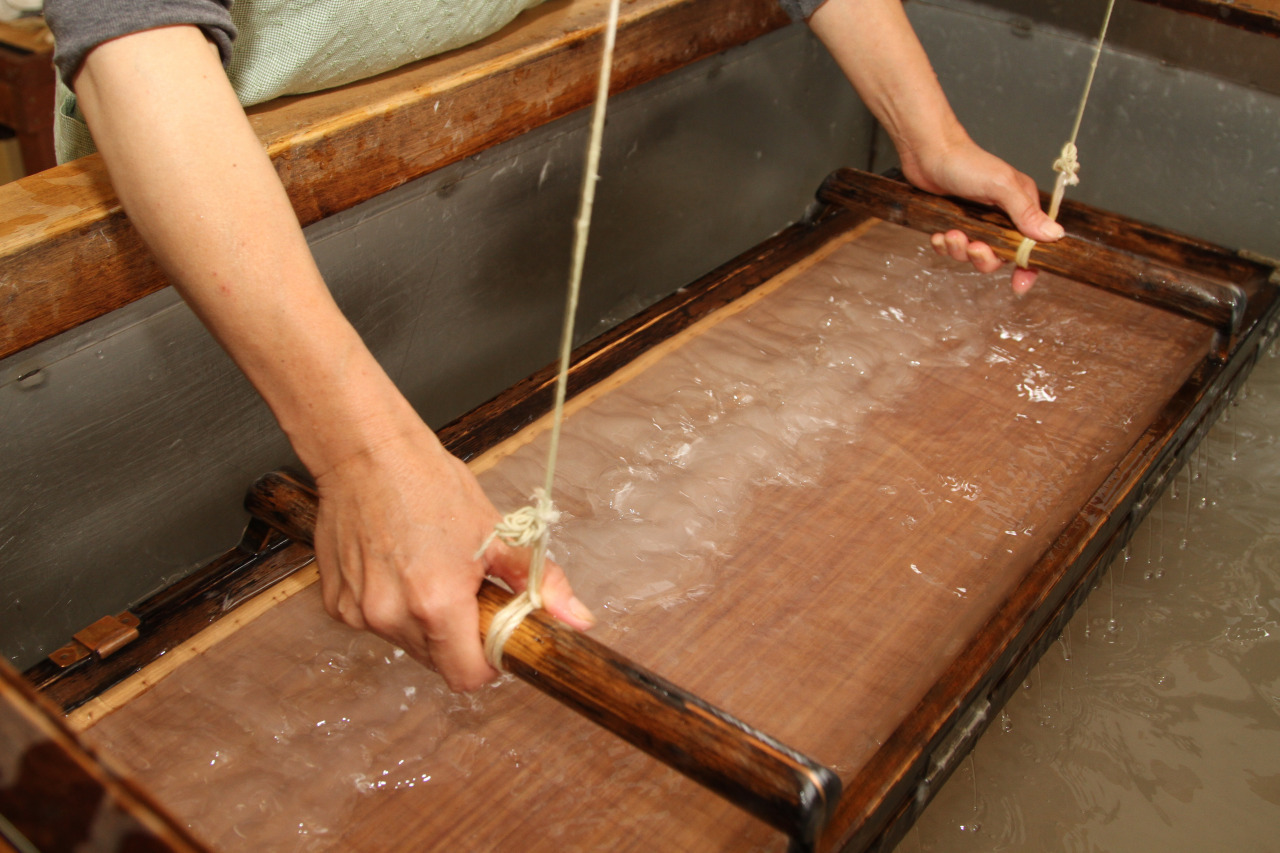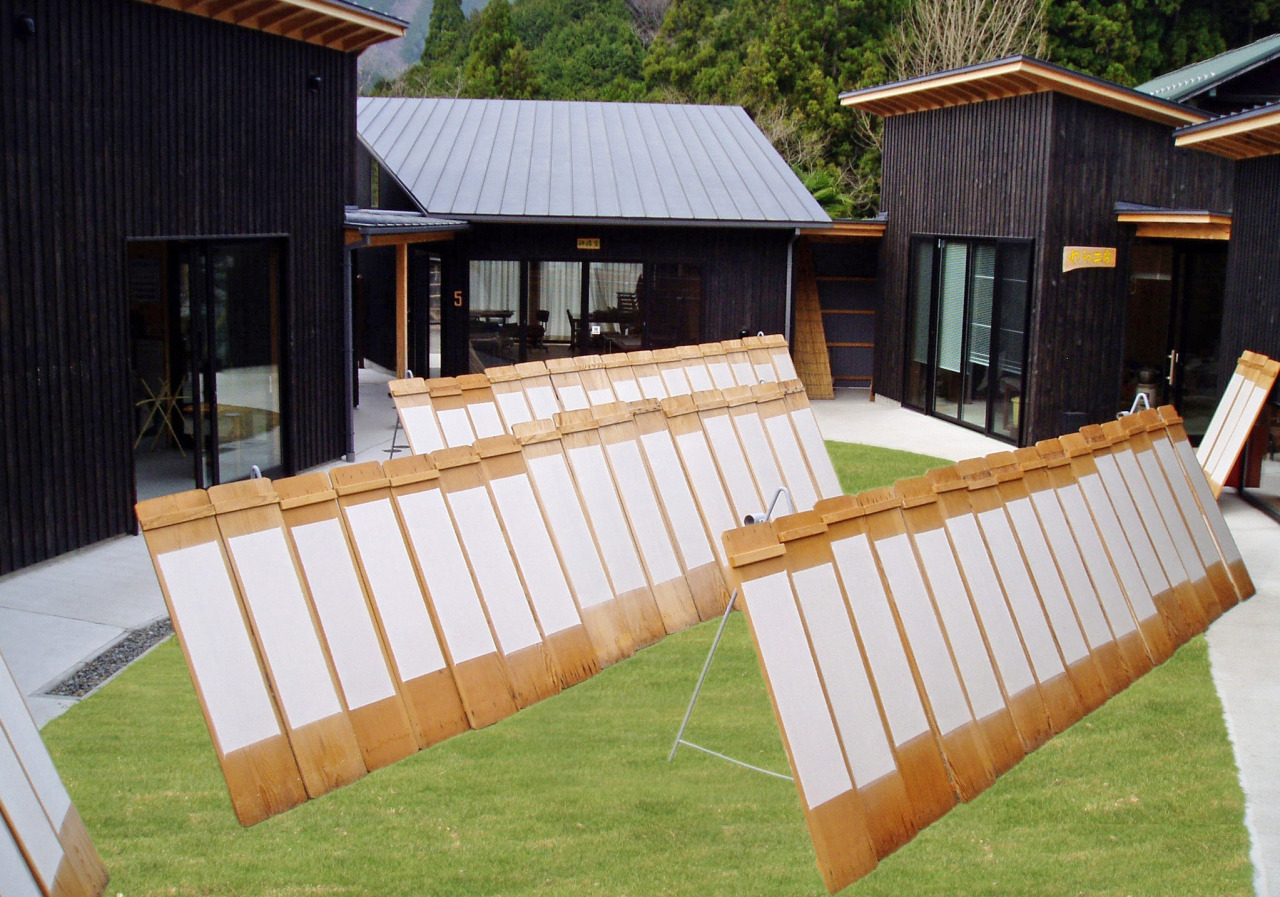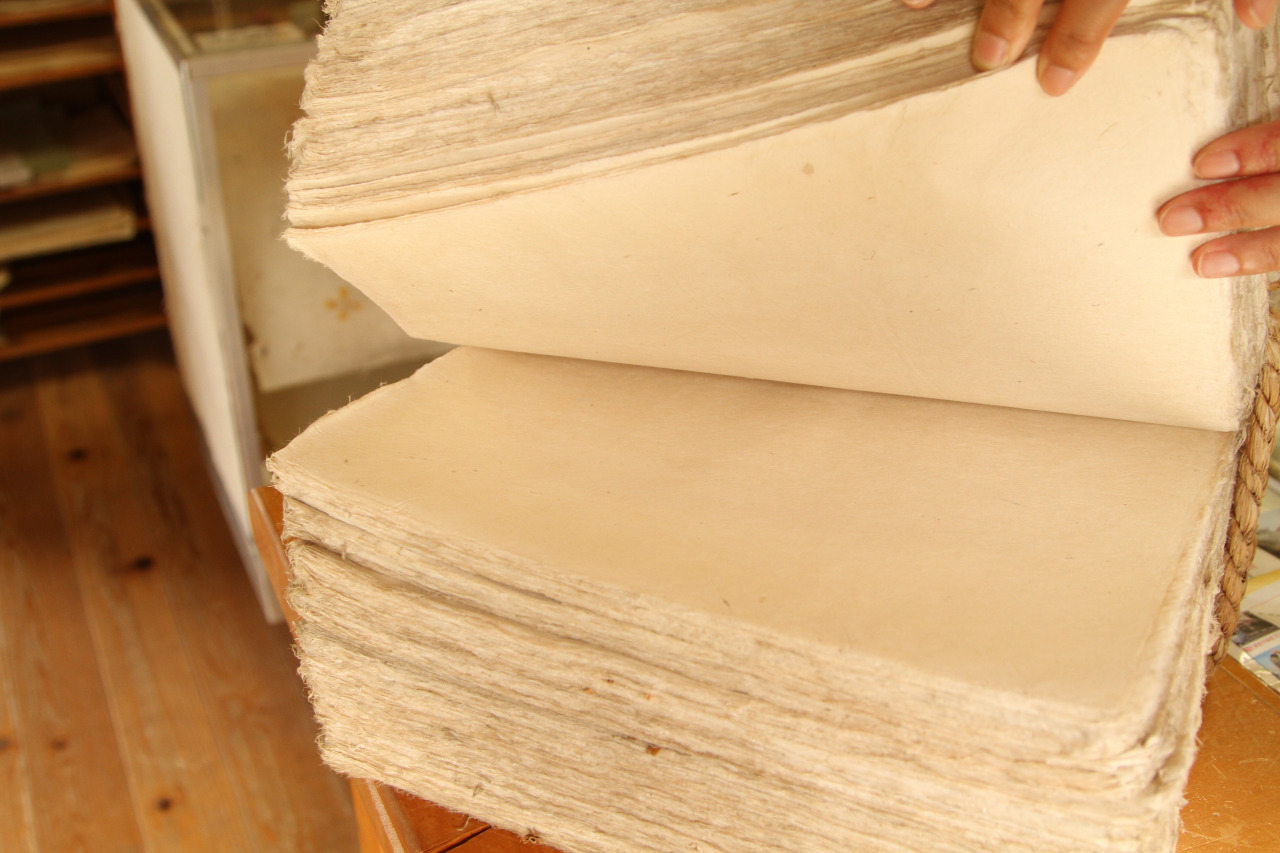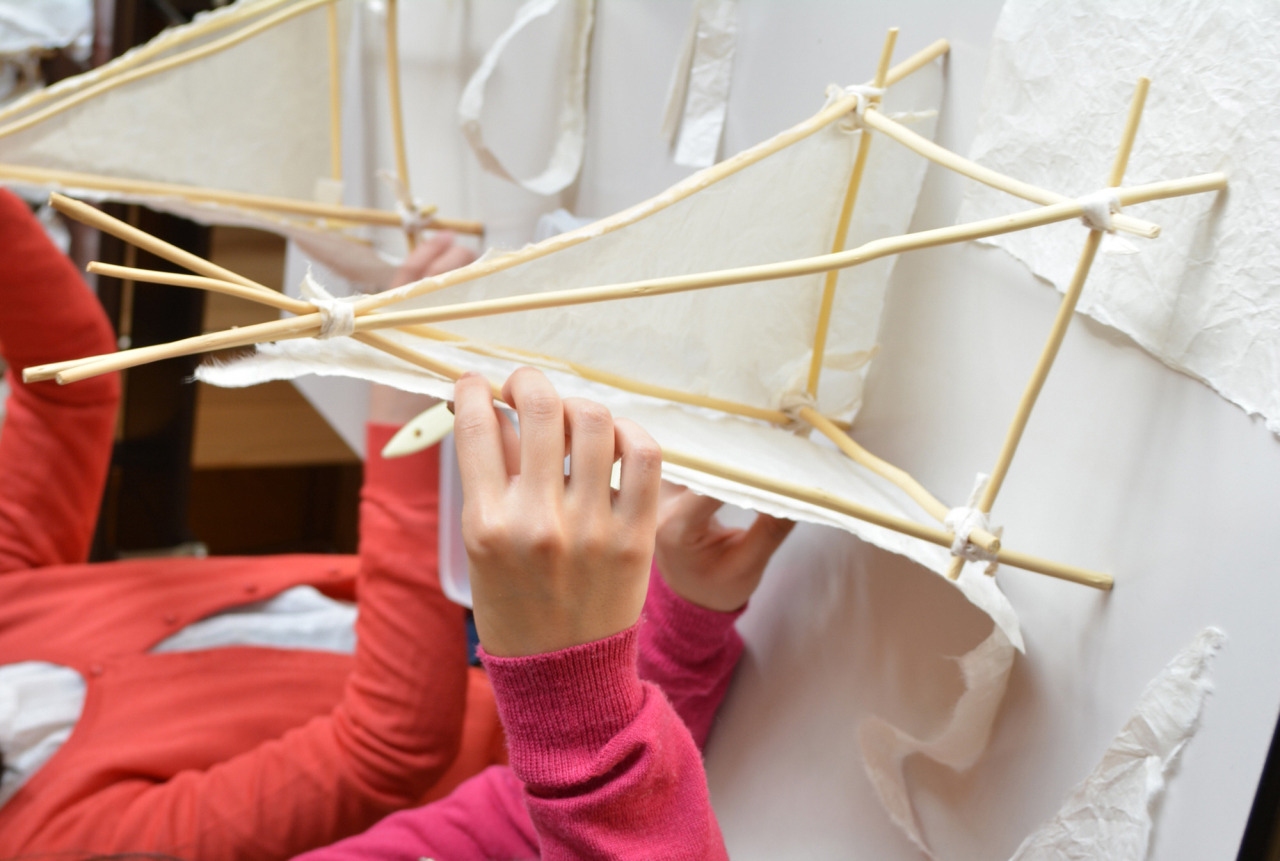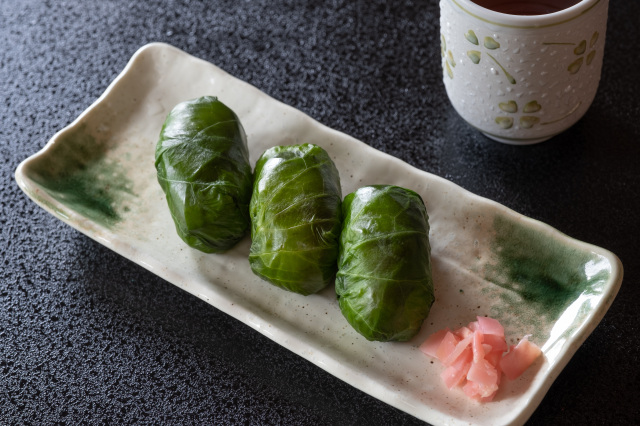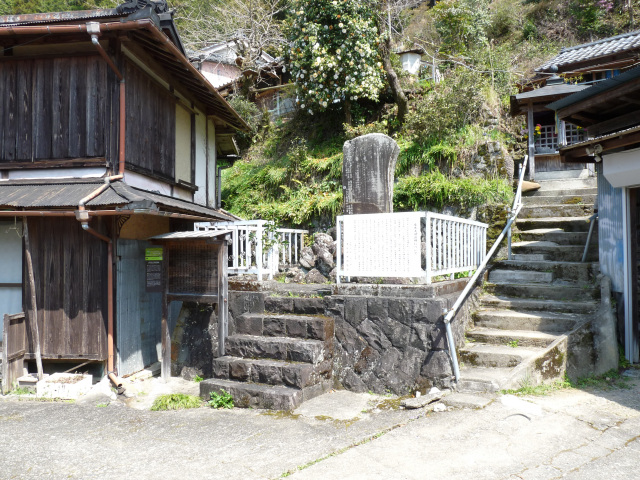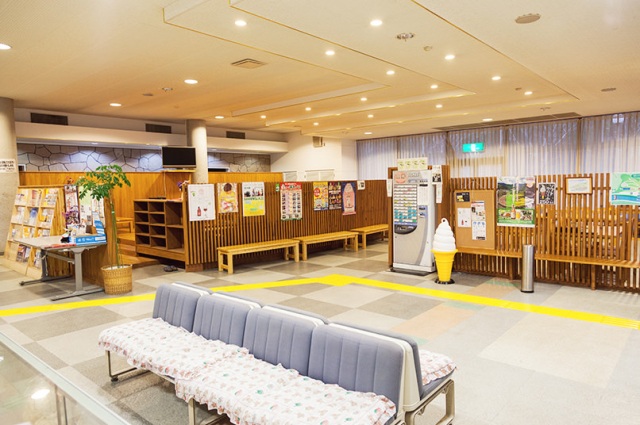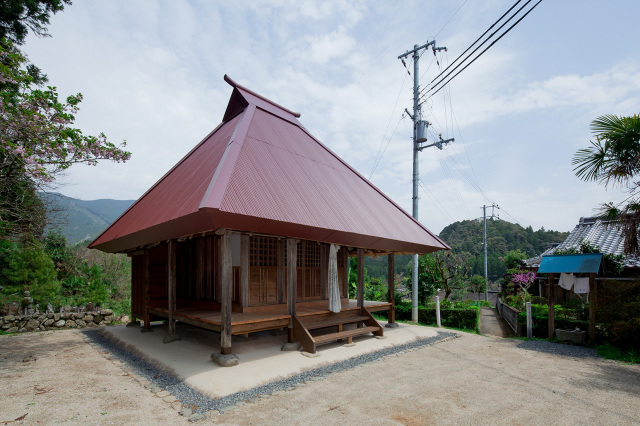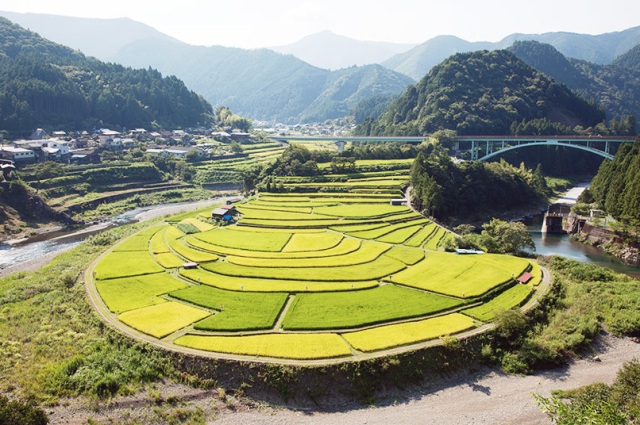Yasudagami Paper
Yasudagami is a variety of handmade Japanese paper (washi) characterized by its durability and its pure white color. It has been produced in Aridagawa’s historic Shimizu district for around 360 years. Yasudagami is sometimes referred to as “Kishū handmade paper” after the former Kishū domain (now Wakayama Prefecture).
History of Yasudagami
Three of the most valuable commodities in early modern Japan were rice, salt, and paper. When Tokugawa Yorinobu (1602–1671) became daimyo of Kishū in 1619, he learned that the domain produced rice and salt but not paper. To remedy this, Yorinobu ordered the village headman Kasamatsu Satayū (1598–1673) to establish papermaking workshops in Aridagawa. Satayū attempted to learn the craft by traveling to other domains, but he was turned away by artisans who wanted to protect their trade secrets. Satayū then conceived a clever plan: he sent three handsome young men to settle in the papermaking district of Yoshino, in present-day Nara Prefecture. The men were gradually accepted into the community and eventually married local women, all of whom were paper artisans. The men then returned to Aridagawa with their brides, whose knowledge helped Aridagawa establish its own paper industry. At its peak, there were as many as 400 households producing paper for umbrellas, fans, documents, and other common items.
Making Yasudagami
The making of Yasudagami is a long and difficult process that requires refined skill and experience. Even today, most of the work is done by hand. The paper’s primary ingredient is the bark of the kōzo mulberry varietal, which is harvested in January. The bark is stripped, washed, and left to cure in the winter wind, after which it is boiled, picked clean, and then submerged in water and beaten to soften and separate the fibers. The fibers are then soaked together with neri, a viscous substance extracted from the roots of the sunset hibiscus, which acts as a binder. Different amounts of binder are used to match the humidity and temperature; the ratio is determined wholly through experience and intuition. A wooden frame with a screen is dipped into the slurry and shaken until an even layer of pulp forms. The resulting sheets are then pressed to remove excess water and painstakingly brushed onto wooden drying boards. If brushed too firmly, the sheets will tear; if not brushed firmly enough, the sheets will fail to adhere to the boards and shrink when they are dried in the sun.
Yasudagami Today
In the 1900s, competition from mass-produced paper and Western-style canvas umbrellas dramatically reduced the market for Japanese paper, and production of Yasudagami nearly died out. A devastating 1953 flood destroyed many of the remaining paper workshops. In 1979, the surviving papermakers banded together to create an organization to pass on their skills and generate interest in the craft. Their vision led to the Warashi Hands-On Activity Center, a fully operational paper workshop where visitors can try making washi themselves.
- Category
- Handcrafts
General Information
- Postal code
- 〒643-0521
- Address
- 和歌山県有田郡有田川町清水1218-1
- Telephone Number
- 0737-25-0621
* Facility information is subject to change. Please check each official website for the latest information.
